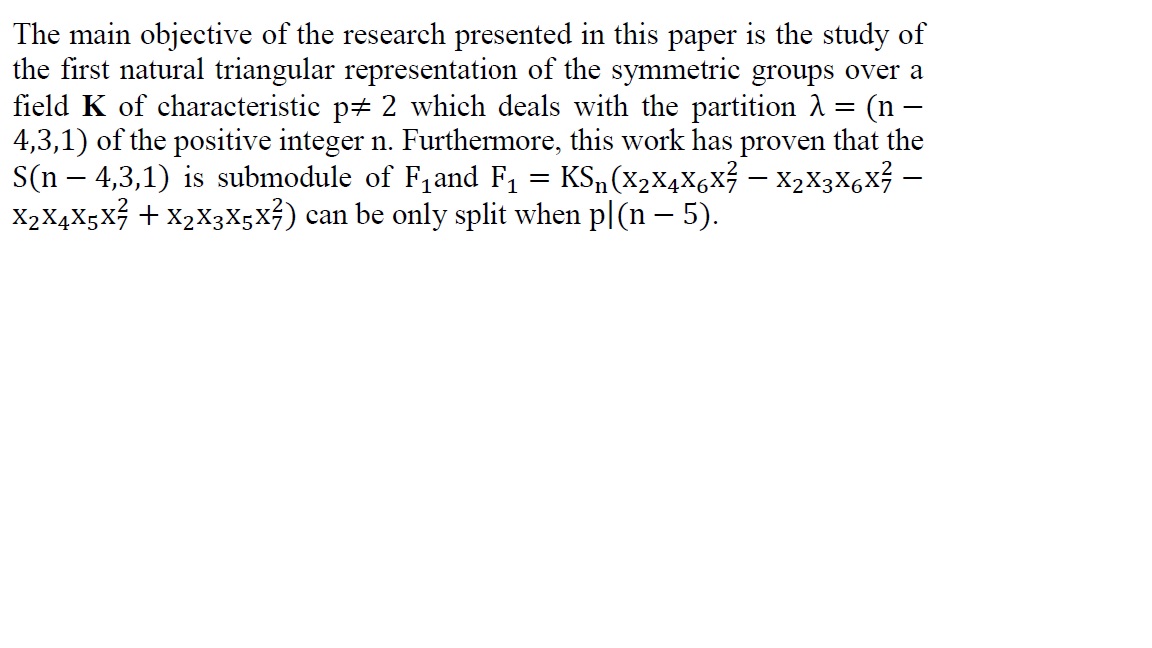In this paper, quantified study of the biofilm formed by Klebsiella pneumoniae isolated from urine specimen of patient suffering from acute urinary tract infection (UTI) on catheter, stainless-steel and glass coupon surfaces, as well as determine the relationship between time contact and biofilm progression using crystal-violet binding assay based on the values of optical density at 620nm of the crystal violet stain which bonded total biofilm biomass by resolubizing with 99.9% ethanol at the specific interval times. The result showed biofilm formed on three tested surfaces but in different degrees. According to obtained data, the catheter coupons presents a higher capability to attract bacteria cell and biofilm formation followed by glass surfaces while stainless-steel surfaces regard as a less attractive surfaces in bacterial adhesion and biofilm progression. The attachment of the bacterial cells on the fresh produce surfaces increase with the contact time but the increase reached a maximum at time 48h. in which, the optical densities of catheter, glass and stainless-steel coupon surfaces were (0.169 nm), (0.085 nm) and (0.07 nm) respectively. The statical analysis showed significant differences between substratum type's adherence and biofilm progression.
RM Abbas, AA Abdulhameed, AI Salahaldin, International Conference on Geotechnical Engineering, 2010
In this research, the effect of changing the flood level of Al-Shuwaija marsh was studied using the geographic information systems, specifically the QGIS program, and the STRM digital elevation model with a spatial analysis accuracy of 28 meters, was used to study the marsh. The hydraulic factors that characterize the marsh and affecting on the flooding such as the ranks of the water channels feeding the marsh and the degree of slope and flat areas in it are studied. The area of immersion water, the mean depth, and the accumulated water volume are calculated for each immersion level, thereby, this study finds the safe immersion level for this marsh was determined.
 (6)
(6)
 (6)
(6)
 (1)
(1)
n this work, the effect of gamma rays on blood thinning drugs was studied using the drug (Aspirin), where gamma rays were spread with the drug using a radioactive source (Co60), and 15,000 grams of Aspirin were placed in the device (gamma chamber 900). The drug was subjected to different irradiation doses (5 KGy, 10 KGy, 15 KGy) and the amount of absorption of the drug was observed in the gamma for different doses and the study of x-rays. After confirming the absorption of the drug to radiation, the effect of the drug on blood thinning was calculated using the rat model and compared with the same drug and the same dose but without exposing the drug to radiation and comparing all results with the control group. The way drugs absorbed radiati
... Show More (1)
(1)


